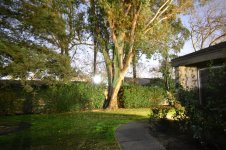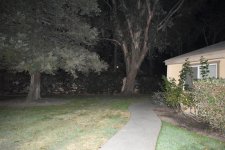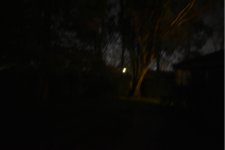Ok, I checked up the article from the link you provide. Actually, I was trying to practice by method 4 (focus bright star) and it's obvious that there was no bright star for me to focus, thus I failed. And actually, method 3 (use flashlight) is the general (not specific) version of hyperfocal distance focus. The focus distance being mentioned (about 7.5 m) is actually considered as the hyperfocal distance, but it changes specifically with different lenses (different camera models, lenses, apertures and focal lengths), e.g., my d3500, 18mm, f3.5 has a hyperfocal distance of 4.66m If I focus an object 4.66m far away, I should have behind depth of infinity and front depth to be 2.33m (half of the hyperfocal distance). If I focus an object < 4.66m, behind depth won't reach infinity and if I focus > 4.66m, still get behind depth to infinity, but front depth would be reduced. So far, as I understand, this seems to be the best method for me, but it is all theoretical and I will need practicing (in a good time and place) to find out how and whether it works.
I very much appreciate if you try this and let me know. I just got an app from photopills it provides many astrophotography info including hyperfocal table, night ar, meteor showers, star trails, spot stars... If you like to know your camera's hyperfocal distance, I can check it out for you (tell me your camera model and focal length, aperture you use), or you can purchase the app (it called photopills.app) for $10.
Thanks again.






